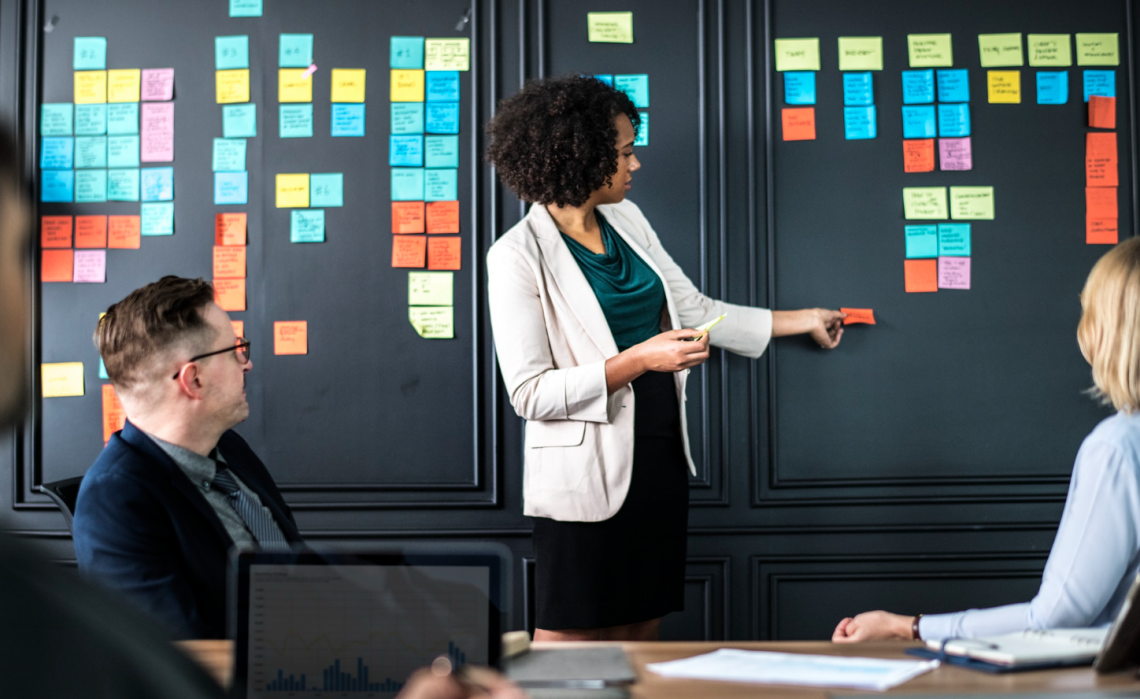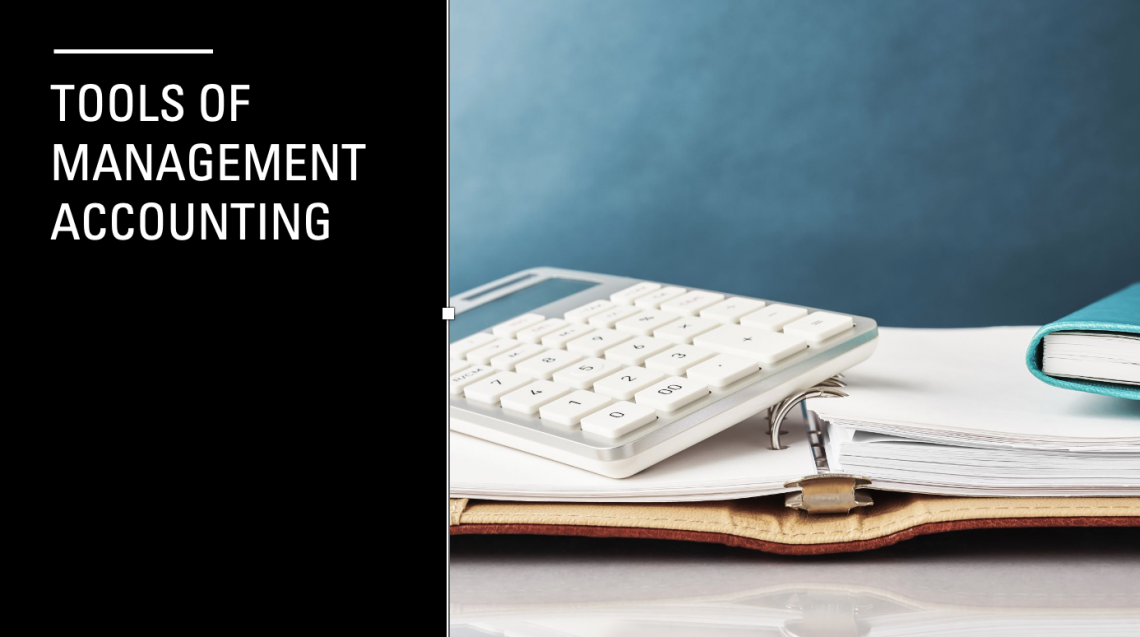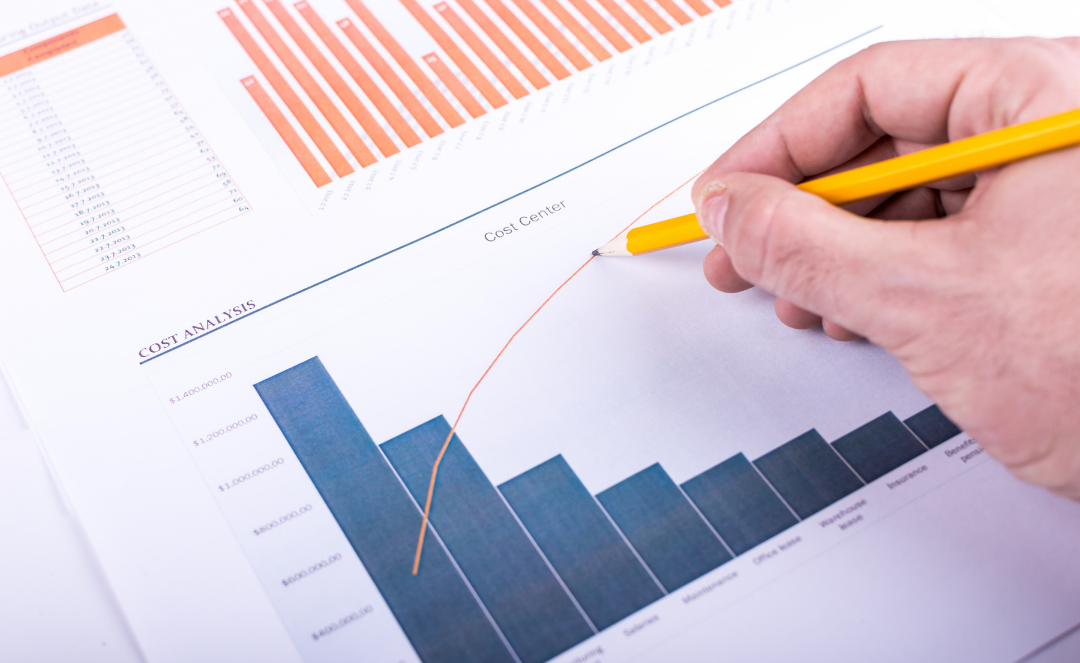
Managerial Accounting
A type of accounting in which a business's past, present, and future are discussed and predicted
Managerial Accounting is a type of accounting in which a business's past, present, and future are discussed and predicted. It provides deep insights into a firm's finances and resources to make timely decisions based on original data that benefit the firm.

There are three accounting components: cost accounting, financial accounting, and managerial accounting. The article below will discuss managerial accounting, also known as the management accounting.
Accounting is essential for running a business as it allows companies to track income and expenses, maintain statutory compliance, and offer quantifiable financial information to investors, management, and the government that can be used to make business choices.
Management accounting includes systematic recording, reporting, and analysis of financial transactions within a business, within which accuracy and cost-effectiveness is critical. It is used to meet both long-term as well as short-term goals of a company.
In simple words, management accounting is the process of measuring, analyzing, interpreting, and communicating information to management regularly in a user-friendly format. Data is based on historical and projected information and is used as a planning and controlling tool.
Users of Managerial Accounting Information
The information recorded from managerial accounting is used by internal users only, for example, the shareholders, managers, and company employees.

The use of managerial accounting information is for the managers, shareholders, and company departments are as follows:
Managers - Managerial accounting assists managers in making operational and long-term investment decisions targeted at improving the firm's financial performance.
A company's management needs accounting data to monitor corporate performance by comparing it to previous performance, competitor analysis, key performance indicators, and industry benchmarks.
Managers use accounting information to make business choices such as investing, financing, and pricing.
Shareholders - Stakeholders receive financial data from management accounting to make day-to-day decisions to benefit the company.
The information provided in the reports helps the shareholders understand a company's profitability, liquidity, etc., through various methods and analysis of the company's performance.
These reports also help calculate their wealth and identify risk areas and profit maximization areas of a company.
Employees & department - Management accounting assists management in establishing objectives for the firm, department, or project at hand. Target setting frequently entails making adjustments to ensure profitability and drive employees to achieve these targets.
The information recorded adds to the organization's value with the help of its user-friendly and statistical data and also helps departments make future plans or objectives for the betterment of the firm.
Purpose of Management Accounting
Management accounting aims to offer information that may be used within a company. Internal users, such as departmental managers, will need a variety of data to keep their departments working well.
Management accounting information is generated as needed and can be in any format that is relevant to the information's end user. The management information includes spreadsheets, memorandums, and reports.

Its fundamental goal is to maximize profits while minimizing losses. It is focused on the display of data in order to foresee financial discrepancies and assist managers in making critical decisions. It encompasses a variety of corporate functions.
It also serves the three main purposes of a manager - planning, controlling, and evaluating. This also includes making sustainable and environment-friendly decisions for the company.
It helps in assessing the efficacy and efficiency of the management policies. Therefore, management policies are evaluated regularly in order to improve them and achieve optimum efficiency.
Management accounting offers management information such as what type of business to enter or diversify and how to run that business efficiently.
Uses of Management Accounting
The principal use of information from management accounting is to help in decision-making and predicting a company's future. Data recorded from it is used for -

Decision making - Managerial accountants use management data to create well-informed future decisions.
Planning - Management accountants supply data for the development of short, medium, and long-term strategies.
Coordinating - Different departments within an organization can be coordinated to work together by creating plans.
Controlling - Management can find areas of inefficiency or efficiency by comparing actual results to projected results. New plans are then established to keep track of the organization's actions.
Communicating - The creation of plans allows the business's goals and objectives to be communicated to various departments.
Motivating - To inspire personnel, goals should be included in the plans. Goals should be created to encourage effective working techniques, but they must be attainable in the workplace.
Evaluating - analyzing the product and determining the target market for it. Setting the price of the product according to its competitors in the industry. Evaluating the company's financial performance and comparing.
Difference between Management Accounting and Financial Accounting
Financial accounting is used to produce a company's formal year report that is shown to its users and authorities.

Financial accounting assists in understanding a company's external financial operations, whereas managerial accounting helps understand the business's internal financial processes.
Managerial accountants work keeping in mind short-term growth plans for economic stability and survival. On the other hand, financial accountants concentrate on long-term financial plans for business expansion.
| Basis | Management Accounting | Financial Accounting |
|---|---|---|
| Nature | General purpose, useful for a broad audience | Specific purpose, particular manager |
| Level of detail | Broad overview, some detail lost | More detailed, decision-making. |
| Regulations | Standard content, format comply with accounting standards. | Internal use only, confidential, no regulations, prepared according to firm requirements. |
| Reporting Interval | Once a year | Monthly, weekly etc, can be made as per convenience |
| Time orientation | Reflect previous performance | For future purpose. |
| Range and quality information | Data that can be quantified in monetary terms. Errors have serious consequences. | Report with non-financial data. Data might be less objective and verifiable but for internal use, it may turn out to be correct. |
The reports made in managerial accounting are in financial terms. Therefore, for making these reports, one needs to professionalize in financial statements with the help of Microsoft Excel, used by most accountants.

Everything You Need To Master Excel Modeling
To Help You Thrive in the Most Prestigious Jobs on Wall Street.
Tools of Managerial Accounting
The vast part of cost accounting is used in management accounting. The most frequently used tools in management accounting by the accountants are as follows:

Cost-Volume-Profit Analysis
In this analysis, fixed costs do not change, and all other variables are constant. Unit variable cost and selling price are constant per unit of output. This analysis can be applied only over the relevant range.
With the benefits such as costs can be accurately divided into their fixed and variable elements, there are major limitations of this analysis which are expected levels of productivity and efficiency will be unchanged, and the number of units sold is equal to the number of units produced.
For calculation, we need to calculate the contribution.
Contribution = Sales Revenue - All Variable Costs
Sales and contributions are directly proportional. It is the relationship between the number of sales made and the value of the contribution. There is no direct link between Profit and output. The relationship of Profit per unit is inversely proportional to the fixed costs.
Cost volume estimation formula:
Factory Costs = Fixed Cost + Cost per unit
Break-even Point
It is the volume of sales at which there is neither Profit nor Loss for the business, i.e., Profit = Loss. This is a vital tool for the success of a business. It can also be termed when total fixed costs are equal to total contribution.
The formula for calculating the break-even point for units and revenue is as follows -
Break-even point (Units) = Fixed Cost / Contribution per unit
Break-even point (Revenue) = Fixed Costs/Contribution X selling price per unit
Absorption & Marginal Costing
All manufacturing costs are traced to products in absorption costing, while non-manufacturing overheads are treated as a period cost. This type of system does not disregard fixed overheads when making a pricing decision.

All variable expenses are traced to products in marginal costing (also known as direct or variable costing), and fixed manufacturing and non-manufacturing overheads are treated as a period cost.
The amount that aggregate costs change if the production volume is increased (or decreased) by one unit is referred to as marginal cost. Therefore, this is the cost per unit of a product and thus, can be avoided when the product is not produced.
The primary distinction between the two costing methods is whether or not fixed manufacturing overheads are considered product costs. External reporting requires stock to be valued using absorption costing.
Management can choose which costing method delivers the most reliable data for internal decision-making. However, Marginal costing is considered to provide accurate results for decision making.
Working Capital Analysis
A working capital analysis is a financial metric used to assess the liquidity and adequacy of current assets versus current liabilities. The size and composition of working capital can vary between industries. It is calculated by a formula as follows:
Net Working Capital = Current Assets - Current Liabilities
Working capital is a financial statistic that helps companies prepare for the future and ensure they have enough cash and cash equivalents to pay short-term obligations like unpaid taxes and bills.
Working capital is utilized to fund operations and pay off short-term debt. Even if it runs into cash flow problems, a company with sufficient working capital can continue to pay its employees and suppliers and satisfy other commitments such as interest payments and taxes.
Quantity Variance
A quantity variance is the difference between how much something is used and how much it is expected to be used. It can be formulated as follows:
Quantity variance = Standard price X (Standard quantity-Actual quantity)
Quantity variance can be of various types depending on the material, such as direct materials usage, price, usage, mix, and yield.
Product markup
The difference between a product's selling price and its cost expressed as a percentage of the cost is known as markup. Markup is an essential part of a business and is calculated by a formula as follows:
Markup = Target profit + Fixed costs/Annual volume X unit variable cost
Key Takeaways
Accounting is known as a process of recording transactions within a business.
Management accounting includes systematic recording, reporting, and analysis of financial transactions within a business.
Management accounting is used by managers, shareholders, and employees for various purposes discussed above in the article.
Managerial accounting is used in planning, decision making, controlling, coordinating, communicating, and motivating employees in a firm.
Financial accounting assists in understanding a company's external financial operations, whereas managerial accounting helps understand the business's internal financial processes.
Management accounting includes a vast part of cost accounting. Therefore, a few tools are used such as cost volume analysis, break-even point, working capital analysis, absorption, marginal costing, quantity variance, and product markup.

Everything You Need To Build Your Accounting Skills
To Help You Thrive in the Most Flexible Job in the World.


or Want to Sign up with your social account?